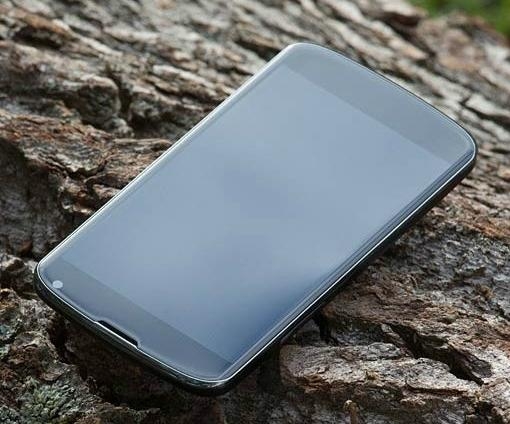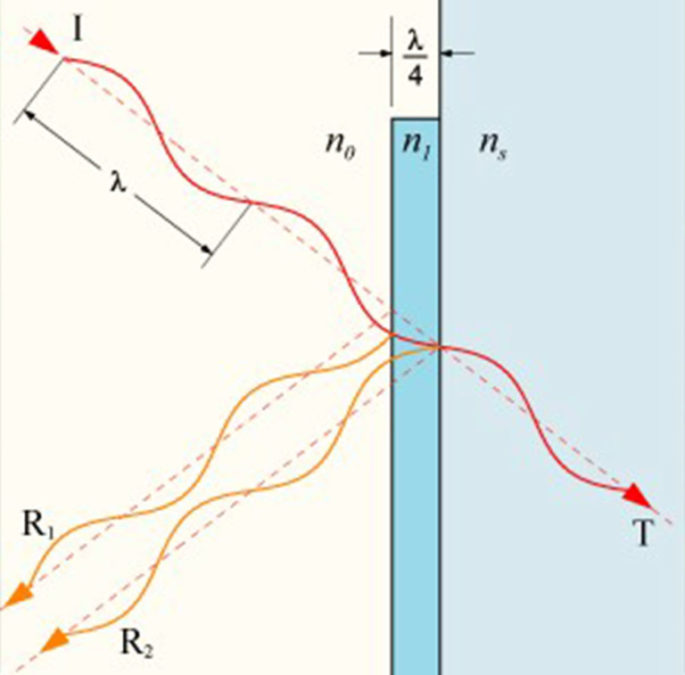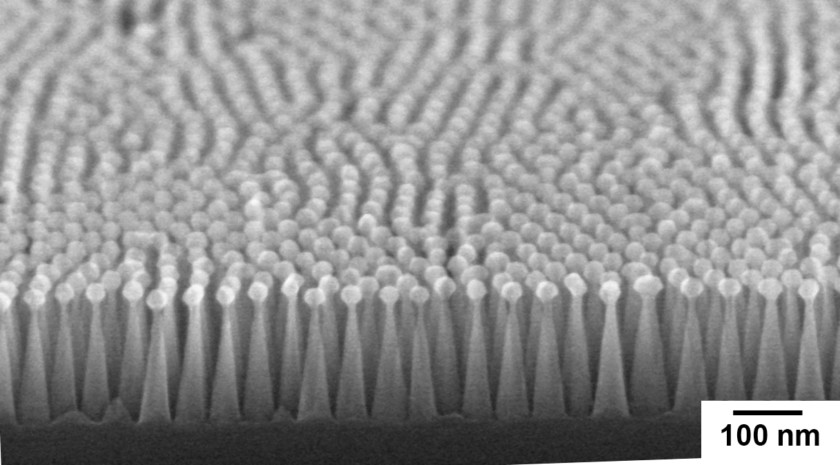Based on materials from androidauthority.com

One of the biggest challenges faced by display designers, especially in mobile devices, is surface reflections and glare. We all love beautiful sleek screens. This shiny surface allows us to get crisp, clear images. But under certain conditions it works like a mirror. And no one likes it when on the screen, especially in dark areas, instead of an image, you see yourself. It's even worse when you see reflections of bright objects and it makes the screen completely unreadable.
Display designers have tried to combat glare and reflections since the early days of cathode ray tubes – with varying success. The simplest and cheapest solution, unfortunately, and the least effective: you can make the surface of the glass (or something else) rough, giving it a matte finish. This was a fairly common solution in cathode ray tube monitors in the 70s and 80s, but did not find further use for obvious reasons. A rougher surface makes reflections less visible (instead of a specular effect, you have a blurry outline), but reflects the same amount of light.
In addition, for the sake of this dubious benefit, you also get an additional effect: the images on the screen look dim and out of focus. In the 90s, CRT screens with very smooth surfaces (also called 'mirror screens') came into vogue, and we put up with the mirror effect for the sake of sharpness.
It seems rather strange that when CRTs in computer monitors began to be replaced by LCD screens, those had a matte surface, like in old CRTs, and this was presented as one of the advantages! Once again, people quickly got tired of sacrificing image clarity to turn glare into haze instead of actually reducing the effect.
Today, especially on mobile devices, smooth screen surfaces are the norm. But for those looking for a matte surface, 'anti-glare' matte screen protectors are widespread. In reality, they can only diffuse reflection, but not reduce the amount of reflected light. Which, in fact, is not surprising.

Matte film on the screen. They just scatter the reflection, not fight it.
However, there is a third solution, and it did not appear yesterday. There are true anti-reflective surfaces that reduce the amount of light reflected from the glass surface. In order to understand how they work, let's first look at how the reflection effect is produced in general.
Glass is, of course, a transparent substance. Light passes right through him, as if it weren't there at all. Those who once tried to walk through a closed glass door are guaranteed this. While opaque surfaces reflect light, transparent ones do, but not all. If you shine onto a highly polished glass surface, about 96% of the light will pass through the glass and 4% will be reflected.
By the way, there is also an element of mysticism here. If we look at the situation from the standpoint of quantum mechanics, light and other electromagnetic waves are a stream of particles that we call photons. All photons must be the same. But if this is the case, how do 96 out of every 100 photons 'know' that they should pass through the surface, while the other 4 'know' that they should be reflected? There is no satisfactory answer yet.
But let's leave this problem to theoretical physicists. If we add a second reflective surface, placing it under the first, something interesting happens. With the aforementioned 4% reflected light and 96% transmitted through, we can expect a repeat of the situation with the second surface, as a result, a little less than 8% of the light will be reflected (the original 4% plus another 4% of the 96% that passed through the first glass) . But when we actually use such a 'bundle', something strange happens: the light that is reflected back to the viewer is between zero and 16%. And it turns out that the total amount of reflected light depends on the thickness of the layer between the first and second surfaces.
A very, very thin surface gives an overall reflection of zero, and the greater the thickness, the more this value tends to the 16% limit, and then drops back to 0. The cycle repeats over and over as the thickness changes. If you look deeper, the cycle may be related to the wavelength of light. And at least this part of the phenomenon can be easily explained if we are talking about the wave nature of light. Without explaining in the first place why a certain percentage of the light is reflected, we can at least say that a reflection that occurs a quarter of the wavelength 'below' the first surface should completely eliminate the reflected light. This is because the total path length from the first surface to the second and back is half the wavelength. So the reflection from the second surface diverges 180 degrees from the reflection from the first and eliminates it.

Quarter-wave anti-reflective surfaces eliminate reflections through destructive interference
As a result, we have one of the most effective anti-reflection solutions for displays to date – a quarter-wavelength antireflection coating. A thin layer of material, selected for its refractive index and strength, is deposited (usually by vacuum deposition) on the glass surface. This is a controlled process so that the thickness of the layer is made to be a quarter wavelength in the medium. This achieves the above effect.
Glass obtained in this way gives a reflection percentage of 1% or less – not comparable to glass that has not been processed.
Of course, he also has disadvantages. In addition to the cost of such processing, the coating can be a quarter wave thick only for a certain wavelength, and this causes certain color effects. Thickness is usually defined as a quarter of the wavelength, which is the average of the visible range, which is green for the visible spectrum. This means that in green areas the effect will be greatest, and in red and blue areas less. And the remaining reflection takes on a purple hue. Also on screens covered with such glass, fingerprints are more visible, because grease reduces the anti-reflective effect.
Recently, a new way of dealing with reflection has begun to penetrate the market. At the beginning of the material, butterflies were mentioned, and now we need them. It is known that the eye of a moth reflects very little light: this is an evolutionary defense mechanism against predators in their life, which takes place mainly in the dark. When scientists wondered how this was possible, it turned out that the eyes of these insects are covered with millions of microscopic outgrowths. Light falling on such a surface is not reflected, but mostly 'deepens' between these outgrowths, where it is absorbed.

Silicon simulated moth eye structure
A way has already been found to reproduce such a structure on a glass surface. And if the right manufacturing methods are found, and the surface is strong enough to withstand the rigors of everyday use of the device, thanks to this technology we can obtain screens that do not actually reflect light and produce crisp, clear images with very high contrast. Perhaps such a surface will even be suitable for bendable screens. But all this is a matter of the future, so far this 'butterfly effect' is far from commercial implementation. But when we finally get the chance to enjoy non-reflective screens with unrivaled clarity, think back to the moths and thank them.
